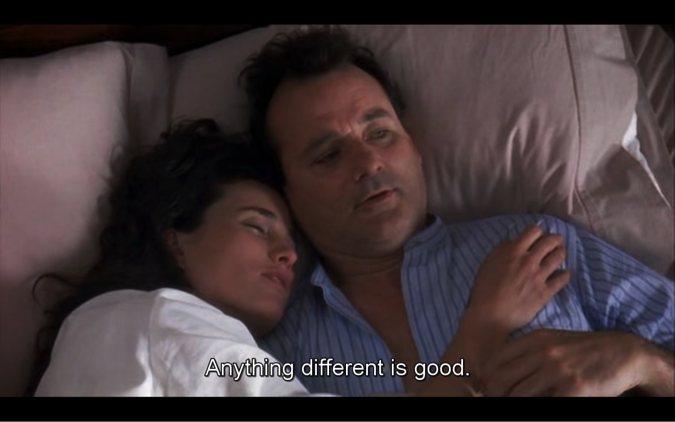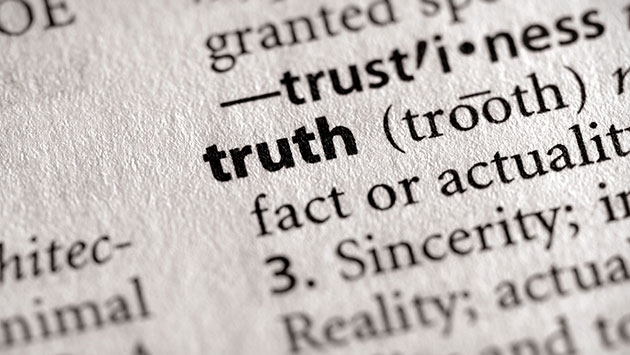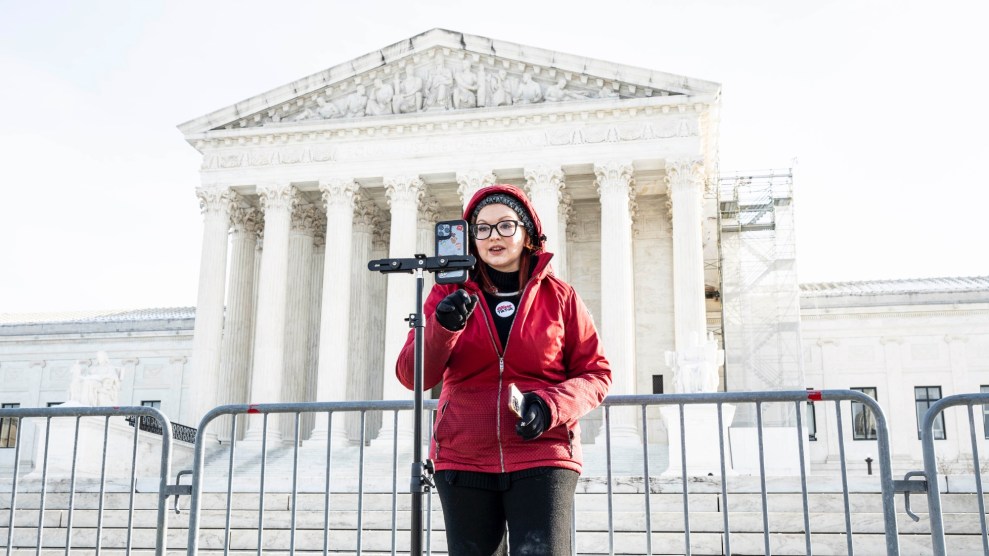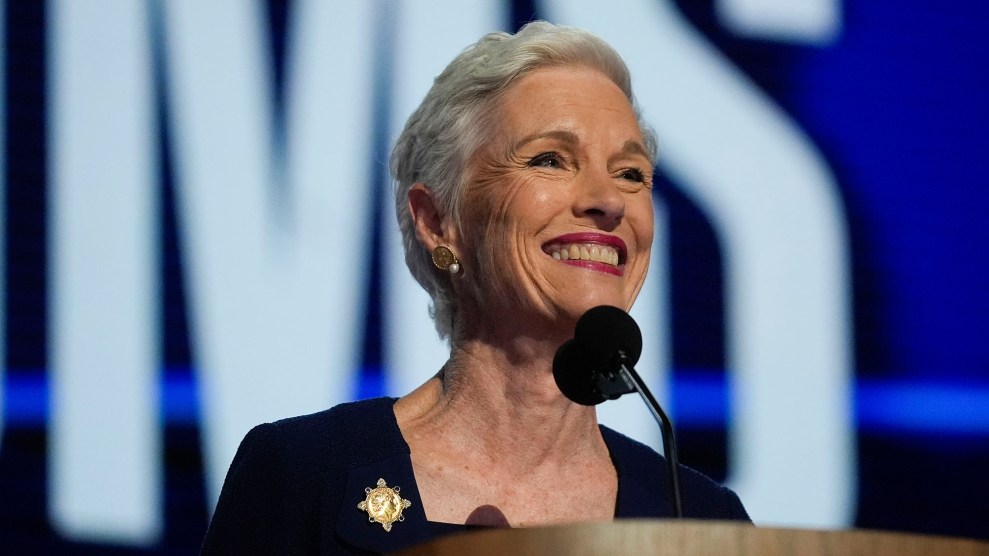A couple of months ago, we told you about how Mother Jones was sued by a billionaire political donor, and how we won a major First Amendment victory. You can read about that case here, but there was one thing we didn’t really go into at the time, and it’s kind of important: Going after media is not just a random thing for a billionaire determined to influence our political debate. It’s the next logical step.
Over the past six years, America has seen a dramatic expansion of the power of the 0.01 percent. First it was economic power: Because of everything from tax policy to the financialization of the economy, wealth has become radically concentrated. That wealth bought political power: Citizens United, the explosion of dark money, the billionaire primary. Now the same concentration of power and wealth is playing out in another arena that is critical to democracy: media.
Our industry is in the middle of an epochal shift in how content is produced, distributed, and, most importantly, paid for. And that matters, because as we learned when the Bush administration was marching America to war, without a critical mass of journalists who can challenge spin and deception, the political process fails.
So that’s what this story is about: How can we make independent, investigative journalism happen at a time of increasingly concentrated power and wealth?
Spoiler: Part of this involves a pitch. December is a really critical fundraising month for nonprofits like us. But, like you, we are kind of tired of the usual gimmicks that get trotted out around this time—HELP! We’ll go dark if you don’t pitch in! It’s actually true (more on that later), but it doesn’t really appeal to your intelligence.

So we had this idea: What if we tried something different? What if we actually showed you how the sausage is made: transparently explaining the challenges of paying for journalism in the digital age and going into detail about how reader support makes Mother Jones possible?
Maybe you already know—in which case, here’s your button:
But Maybe you’re the kind of person who wants the bigger picture. so here goes. You probably know that “legacy media” has taken a hit, but here is a number that brings it into stark relief: In 2007, there were 55,000 journalists working in America’s daily newsrooms. In 2014, it was down to just under 33,000—and all the hot digital shops you hear about employed maybe an extra 4,000.
This is not about paper versus pixels, broadcast versus streaming, or whatever other analog-versus-digital metaphor you prefer. It’s simply that the very structures that used to ensure a robust Fourth Estate have pretty much fallen apart. There are two models we’ve historically used to finance journalism in America, and neither of them is built to ensure a critical mass of watchdog journalism going forward.
The first model is what you might call eyeball bundling: When you give a media company a few seconds or minutes of your attention, the company can sell a portion of that attention to advertisers. Some of the money is spent to create content, which draws more eyeballs, and so on. It’s an imperfect system, but along a road potholed with kitten slideshows and holiday listicles, some amount of journalism gets made.
The problem is that when advertising is a volume game and the volume of content is infinite, the incentive is to produce cheaper and cheaper content, and to assault users with more and more intrusive ads. So naturally people ignore the ads or install ad blockers, and publishers move on to letting advertisers pay directly for articles—that’s the “native content” you see on sites from BuzzFeed to the New York Times.
Basically, what you get is an arms race of ever more annoyed users versus ever more desperate publishers—and eventually, the whole foundation of the model starts falling apart. Because increasingly, the people who own the eyeballs are not the publishers, but the companies—Facebook, Snapchat, Apple, Verizon—on whose apps and devices you access media content. (For more on how “tech is eating media,” see this smart essay by John Herrman.) If those companies want to sell those eyeballs and keep the money for themselves, they can do that.
And, of course, they do.
The other model for financing journalism is, basically, sugar daddies. Just as superwealthy individuals can now single-handedly underwrite political campaigns, so too can they create news organizations from whole cloth. Sometimes they do it for thoughtful civic reasons, as when eBay founder Pierre Omidyar launched First Look Media. Other times they are hoping for a payoff down the road, like the venture capital investors who are pouring millions into Buzzfeed, the Huffington Post, and Vox. Occasionally it’s not quite clear—why, really, did Amazon’s Jeff Bezos buy the Washington Post? Whatever the motive, the dangers are obvious: What happens when the wealthy funder demands editorial control, or loses interest upon realizing that the new venture doesn’t produce the magical 10x returns?
Just to be really clear about this last part: News doesn’t make money. It never has. Actual, original reporting has always been a de facto nonprofit endeavor, paid for with the revenue from other things (say, sitcoms in a broadcast network, or custom printing in a newspaper company). The only way to end up with a small fortune in journalism is to start with a large one.
There is a third way, though, and this is where MoJo has staked its claim. From our beginning almost 40 years ago, we have made a bet that you would support a newsroom that tells the stories no one else will. And you did. Today, two-thirds of our annual budget comes from readers; some 40,000 of you contribute, more than at any other nonprofit news organization outside public radio and TV.

Here’s how that breaks down: It takes about $13 million to run Mother Jones at our current size. About 15 percent of that comes from advertising, while 15 percent comes from foundations (a few big ones like the MacArthur Foundation in Chicago, and a number of smaller family-based ones). Nearly 70 percent is from readers like you.
Some of you—about 175,000, to be exact—subscribe to our magazine. Another 12,000 folks buy individual issues on the newsstand. About 10 percent of our subscribers also become donors—they tack on an extra $20, $50, or even (hooray!) a five- or six-figure gift. Then there are donations in response to specific appeals: For example, about 6,000 people have pitched in online to help us fight the billionaire who sued us for covering his political giving and anti-gay activism. What’s critical for the long haul is that our base is broad and deep enough to ensure that we’re not dependent on any single check or revenue stream.
This model of reader-supported journalism means everything for Mother Jones. It means we can send our reporters after difficult, sometimes dangerous stories without fear that a powerful advertiser or funder will yank us back. It means that in the recession, when the bottom fell out of the advertising market and newsrooms imploded, we were able to open and expand our Washington bureau—because you wanted us to put reporters in the nation’s capital. And it means that today, we reach 9 million people a month, and we’re just getting started.
We believe that when all the craziness in the media landscape has played out, this is how public-interest journalism in America will survive and thrive: by you, the audience, directly supporting it. But here’s the problem we have to solve to get there: Historically, audience support has worked at scale only in the analog world. Your local public radio station gets about 10 percent of its listeners to become supporters. Mother Jones gets about the same rate of support from our print readers—even though we don’t hold your content hostage during pledge drives.
But we all live on the internet now, and while the digital revolution has taken MoJo from an audience of about 200,000 to one of 9 million and growing, reader support hasn’t kept up. Not even close. If the 10 percent ratio held, some 900,000 of our digital readers would donate every month, not a few thousand.
There are some obvious ways to increase that percentage—say, by hiding the stories behind a paywall. But that doesn’t make much sense, since those of you who support us want our journalism to have the biggest possible audience and impact. As do we.
So we need to find another way—for MoJo, and maybe for journalism as a whole.
Starting today, that’s the journey we want to take you on. We want you to understand what reader support is—donations of all sizes, subscriptions, even telling your friends about us—and how it fits into our budget. We think being transparent about the challenges publishers face will make it more compelling for you to support Mother Jones. The first step is this December fundraising campaign.
Most of the time, we’re pretty low-key about our online donor appeals, relying mostly on the “donate” link at the top of every page. But three times a year, we do big campaigns to meet our budget. (And by “meet our budget,” we mean “pay journalists.” Unlike some sites, we believe in paying for the work we publish, and that’s what the lion’s share of our budget goes to.)
Our target for December is $200,000. If everyone who visits the site this month gives 2.5 cents, we’re done. If everyone who visits today gives 40 cents, we’re done. If 40,000 people—less than 2 percent of our monthly visitors—each give the price of a latte, we’re done. Are you one of them?
No matter what happens, we’ll be transparent about that, too. So check back here as the month passes, and we’ll update you as we go. We’ll be testing a bunch of different appeals, and when we can, we’ll ask you to weigh in on which might work best.
We don’t know if this transparency thing will work, and that’s kind of terrifying. But it feels right. After all, that’s what we do with our reporting: lay out the facts and let you take it from there. And the facts are that democracy needs a critical press, and the era of that being financed by the magical elves of advertising is coming to a close. Will you be part of the next era?
Update No. 1: 546 of you gave on the first day of this campaign, for a total of $19,603.18, with an average gift of $35.90. That’s awesome—but it’s still a long way to $200,000.
We also got some social media love, which prompts us to make this point: Whether or not you can make a gift, sharing our appeal with others is a very effective way to support MoJo. Our emails and web pitches only reach the people who already know us. But when you spread the word, you open the door to a whole new circle. So, if you’re so inclined, Facebook, tweet, or email this story. And if you already did, thanks so much.
Update #2: As of Friday, more than 1,100 of you had given for a total of $42,466.79, and this year’s fundraising drive was exactly 47 percent (!) ahead of where we were at this point last year. Wow.
Now for the deep nerdiness: We’ve been testing two “overlays” since Tuesday—those ads you see over the top of our pages when you visit the site. We wanted to know whether a straightforward donation ask (linking readers directly to a donation page) or asking people to “read more” (linking to a version of this article) would lead to more donations. So far, “donate” has raised a bit more ($3,825) than “read more” ($3,281), but someone made a $1,000 gift (THANK YOU!) on the “donate” version so that skews the results and we’re going to run the test a bit longer. Stay tuned for more on that, and thanks so much for helping us get off to a strong start.
Update No. 3: Ten days into our campaign, we’re at just a shade under $90,000—from 2,282 donors, with an average gift of just about $40.
And some more data geekery: About a third of the money came in response to two emails we’ve sent to our newsletter subscribers. (maybe you want to be one of them?). The “overlay” ads we mentioned above have brought in 17 percent, links on this page have brought in 15 percent, and another 18 percent came from the “donate” links at the top of each page on our site.
This is a fantastic and very encouraging start, but like every December it’s going to come down to the final two weeks of the year—and we’ll keep you updated here as we go.
Update No. 4: This is the part in a fundraising campaign where conventional wisdom says nothing works except increasing desperation: HELP! We’re short of our goal! But we said we’d just tell it to you straight, and so here goes: As of Tuesday morning we’d raised $172,000 toward our $200,000 target. That’s kind of awesome because it’s a little bit higher than our projections said we would be right now. But those projections also say that a lot of donations come in during the final three days of the year—and we don’t know whether the stronger-than-expected start means that that won’t happen.
So from here on, it’s a nail-biter. We’ve got to make the goal, and to be honest, even if we do, the rest of the year is going to be tight—unlike some places, we don’t have extra money to spend besides what we work to bring in every day. But that’s also why we spend it very carefully. Every one of your dollars goes to kickass journalism—and that’s how it should be.
Update No. 5: We did it! You did it. Thank you, thank you, thank you.
We’re so thrilled to report that as of shortly before midnight we’d raised $238,272—that’s $38,272 more than our goal, $38,272 more that we can invest in no-holds-barred reporting as we head into 2016. And what’s just as amazing is that this campaign proved conventional wisdom wrong: It’s not about shop-worn gimmicks and lots of panicked exclamation marks. You responded to substance, facts, and transparency—the same values that drive our journalism. And that bodes for a kickass 2016.
Illustration by Dale Stephanos.



















